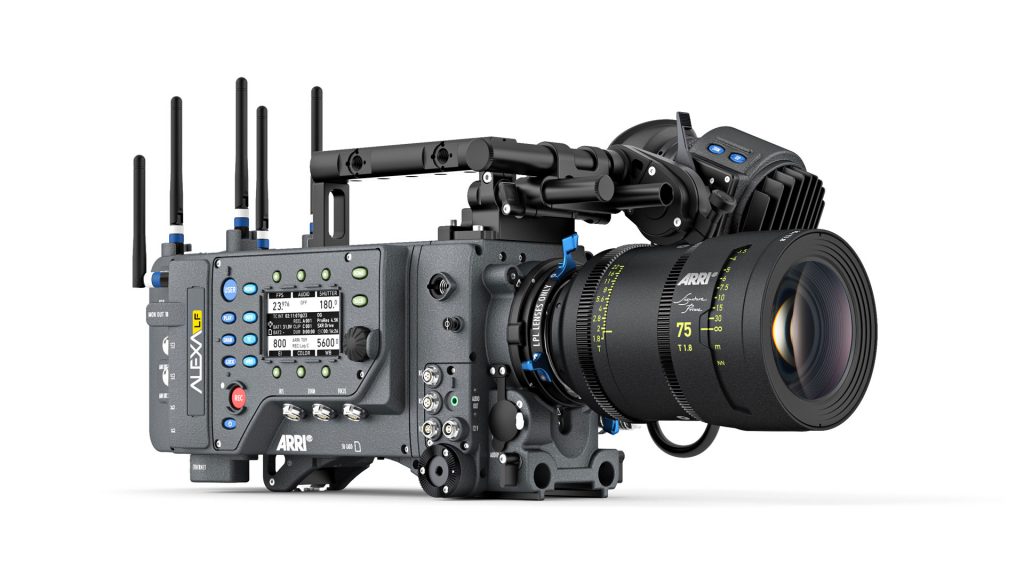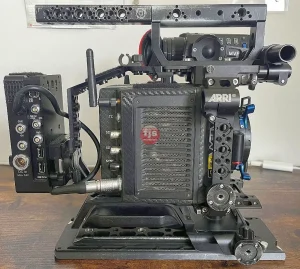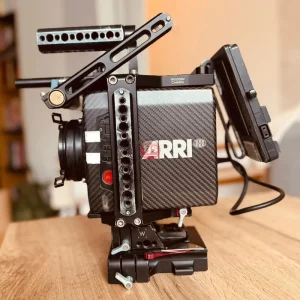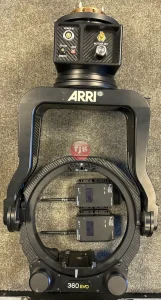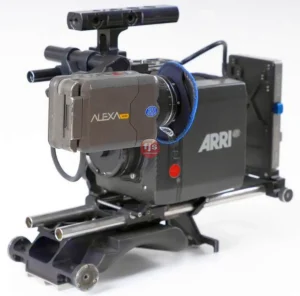Picking the perfect lens sculpts your story. Learn to match focal length, aperture, and type to your project’s unique vision and demands.
The Art and Science of Lens Selection for Your Project
Choosing the right lens is one of the most critical decisions in photography and filmmaking. More than just a technical component, the lens acts as the “eye” through which your audience perceives your story. It profoundly impacts composition, depth of field, perspective, and ultimately, the emotional resonance of your visuals. With an overwhelming array of options – primes, zooms, wide-angles, telephotos, fast apertures, specialized optics – knowing how to select the ideal lens for your specific project can feel daunting. This article will break down the essential factors to consider, guiding you toward informed lens choices that elevate your creative vision.
Here’s how to navigate the lens labyrinth and choose the perfect glass for your next endeavor:
- 1. Understand Your Project’s Vision and Story:This is the absolute starting point. Before you even think about focal lengths or apertures, consider the overarching narrative and emotional tone you want to convey.
- Is it an intimate character study? A longer prime (e.g., 85mm, 100mm) might create beautiful subject isolation and compression.
- A sprawling landscape or architectural piece? A wide-angle (e.g., 14mm, 24mm) will capture the vastness.
- A fast-paced action sequence? A versatile zoom (e.g., 24-70mm, 70-200mm) might be necessary for quick reframing.
- A dreamlike, ethereal sequence? A vintage lens with unique bokeh or flare characteristics could be perfect.
- A documentary where you need to be discreet? Small, fast primes are ideal.
- 2. Define Your Desired Perspective and Field of View (Focal Length):Focal length is the primary determinant of how much of the scene your lens captures and how subjects appear in relation to their background.
- Wide-Angle Lenses (e.g., 10mm-35mm):
- Purpose: Capturing vast landscapes, architecture, interiors, establishing shots. Exaggerates perspective, making close objects seem larger and distant objects smaller.
- Feel: Expansive, immersive, can make subjects feel small or vulnerable in a large environment.
- Standard Lenses (e.g., 35mm-85mm):
- Purpose: Closest to human vision (50mm on full-frame). Versatile for portraits, street photography, general-purpose shooting.
- Feel: Natural, balanced perspective.
- Telephoto Lenses (e.g., 100mm-600mm+):
- Purpose: Isolating subjects, wildlife, sports, distant details. Compresses perspective, making background elements appear closer to the subject.
- Feel: Intimate, focused, can create a sense of voyeurism or grandeur.
- Wide-Angle Lenses (e.g., 10mm-35mm):
- 3. Consider Your Lighting Conditions and Depth of Field Needs (Aperture):The maximum aperture (f-stop or T-stop) dictates how much light the lens can gather and how shallow your depth of field can be.
- Wide Apertures (f/1.2, f/1.4, f/1.8, f/2.8):
- Purpose: Low-light shooting (reducing ISO/shutter speed), creating beautiful subject isolation with blurred backgrounds (bokeh).
- Lenses: Typically found on prime lenses and high-end professional zooms.
- Narrower Apertures (f/4, f/5.6, f/8, f/11+):
- Purpose: Maximizing depth of field (keeping more of the scene in focus), ensuring sharpness across a wide area (landscapes, group shots).
- Lenses: Common on kit zooms and lenses where depth of field is paramount.
- Wide Apertures (f/1.2, f/1.4, f/1.8, f/2.8):
- 4. Assess Practicalities: Mobility, Budget, and Workflow:Beyond the technical aspects, real-world constraints heavily influence lens choice.
- Mobility/Weight:
- Primes: Often lighter and more compact, ideal for handheld, run-and-gun, gimbals, or discreet shooting.
- Zooms: Can be heavier and bulkier, but reduce the need for lens changes.
- Budget:
- Entry-Level Primes: (e.g., 50mm f/1.8) offer incredible performance for their price.
- Mid-Range Zooms: (e.g., 24-70mm f/4) offer versatility without breaking the bank.
- High-End Zooms/Primes: Deliver superior quality but come at a premium. Consider renting for specific projects.
- Workflow:
- Zooms: Faster for changing focal lengths, fewer lens swaps.
- Primes: Requires more disciplined “zooming with your feet,” but consistent T-stops on cine primes simplify exposure on set.
- Image Stabilization: Crucial for handheld work, especially with telephoto lenses or in low light.
- Mobility/Weight:
- 5. Consider the Lens Type: Prime vs. Zoom (Revisited):While covered generally above, specifically think about how each type fits your shooting style for this particular project.
- Primes: Force you to move, which can lead to more intentional compositions. Offer superior optical quality and speed. Best for controlled environments, specific looks, or when light is scarce.
- Zooms: Offer incredible flexibility, allowing quick adjustments to framing. Essential for fast-paced events, documentaries where you can’t control the scene, or when packing light but needing diverse focal lengths.
Conclusion: Lenses as Storytelling Tools
Choosing the right lens isn’t about owning the most expensive glass; it’s about making deliberate decisions that enhance your project’s vision. By carefully considering your story’s emotional tone, the perspective you wish to convey, your lighting conditions, and practical constraints, you can confidently select lenses that not only capture images but also help tell a compelling visual narrative. Each lens has a personality; understanding it empowers you to pick the perfect voice for your visual blueprint.
Questions and Answers
Q1: Is it better to have one versatile zoom lens or several prime lenses?
A1: It depends on your needs. A versatile zoom (like a 24-70mm) is excellent for general use and convenience. Several primes offer superior optical quality, faster apertures, and unique character, but require more lens changes. Many professionals use a combination of both.
Q2: What is “lens compression,” and how does it relate to focal length?
A2: Lens compression is the optical effect, created by longer focal lengths (telephoto lenses), that makes elements in the background appear closer to the subject than they actually are, “compressing” the distance between them. This is often desirable for portraits to create a pleasing background separation.
Q3: How important is image stabilization in a lens?
A3: Very important for handheld shooting, especially at longer focal lengths or in low light, as it helps reduce blur from camera shake. If your camera has in-body image stabilization (IBIS), it can complement or sometimes negate the need for OIS in the lens.
Q4: Should I rent lenses before buying?
A4: Absolutely! Renting is a fantastic way to test out expensive lenses for specific projects and see if they fit your workflow and creative style before making a significant investment.
Q5: Does sensor size affect lens choice?
A5: Yes. A lens’s focal length behaves differently on different sensor sizes due to the “crop factor.” A 50mm lens on an APS-C sensor (approx. 1.5x crop) will have an effective field of view closer to a 75mm lens on a full-frame camera. Always consider your camera’s sensor size when evaluating focal lengths.

